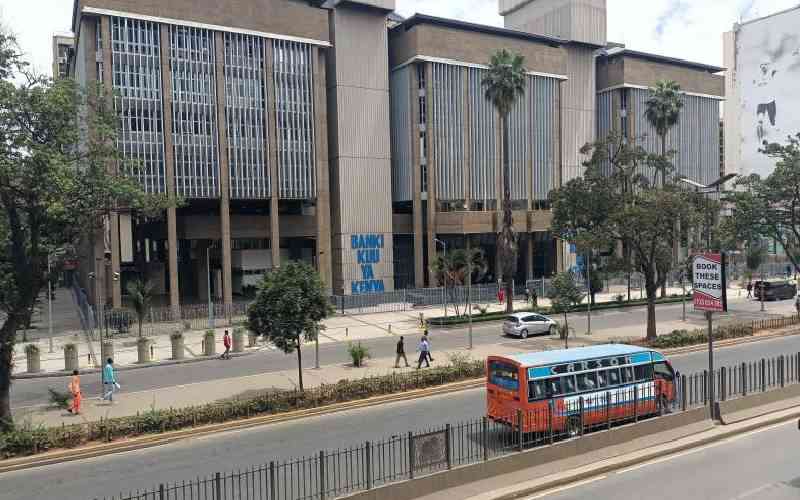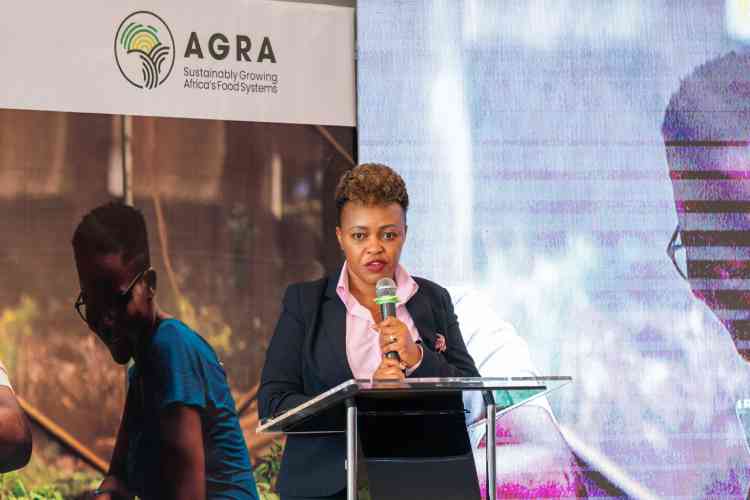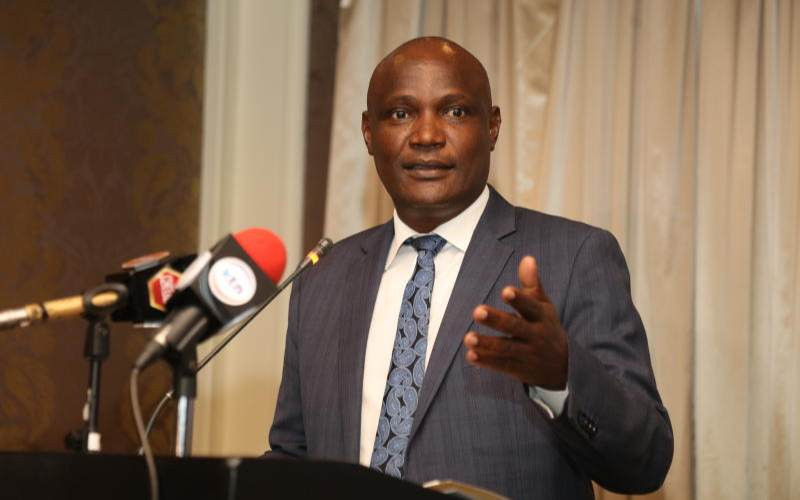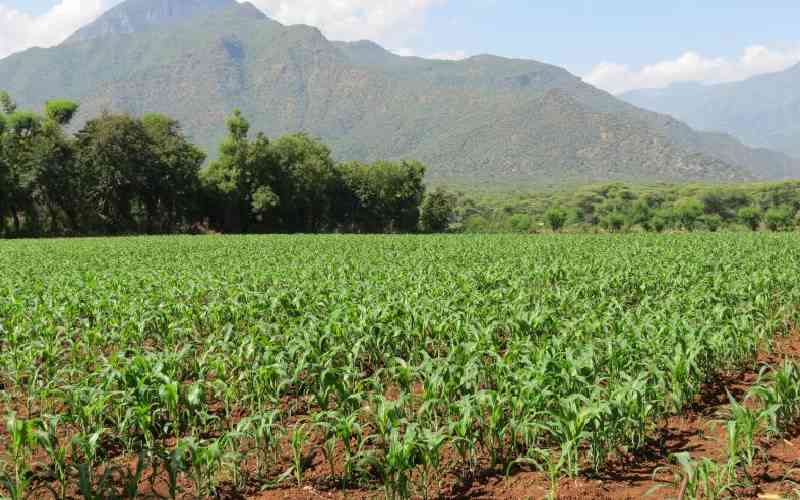×
The Standard e-Paper
Join Thousands of Readers
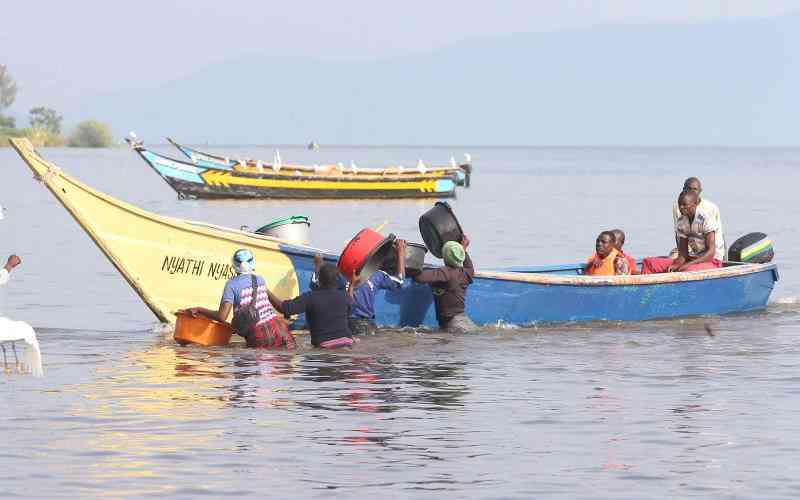
Women purchase silver cyprinid commonly known as omena from fishermen at Sindo beach along the shore of Lake Victoria. [Stafford Ondego, Standard]
Forty years ago, nestled in the heart of Homa Bay County, the small fishing communities of Osodo and my home village in Kochia Ward painted a picture of prosperity.

